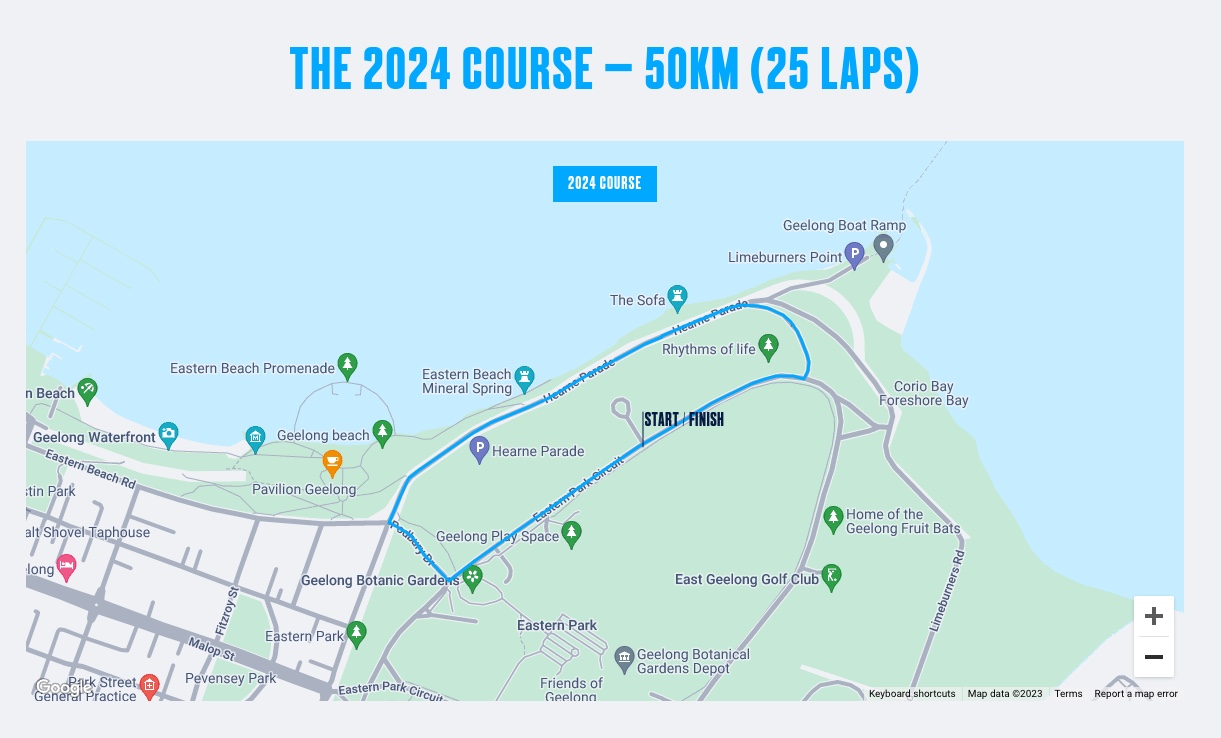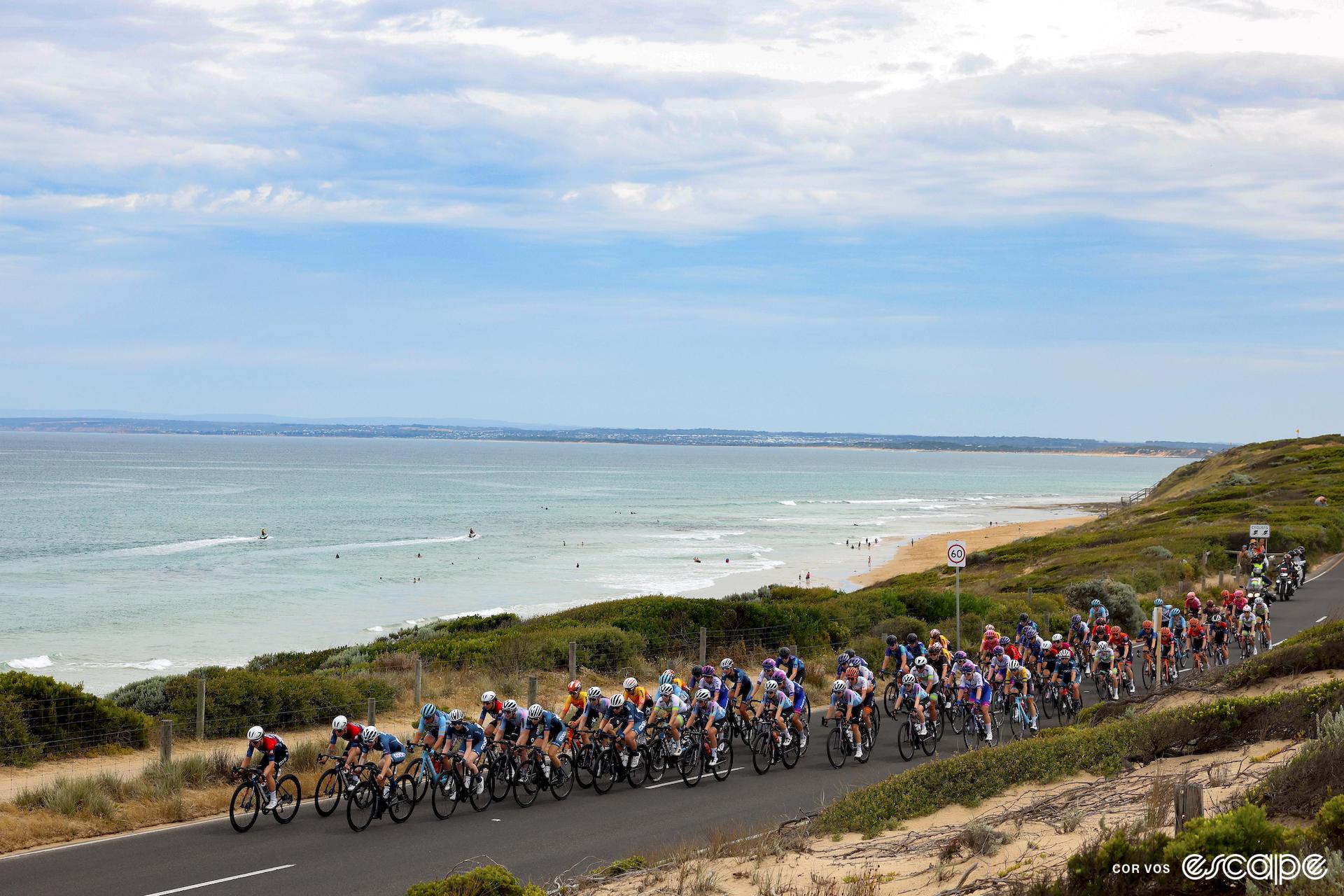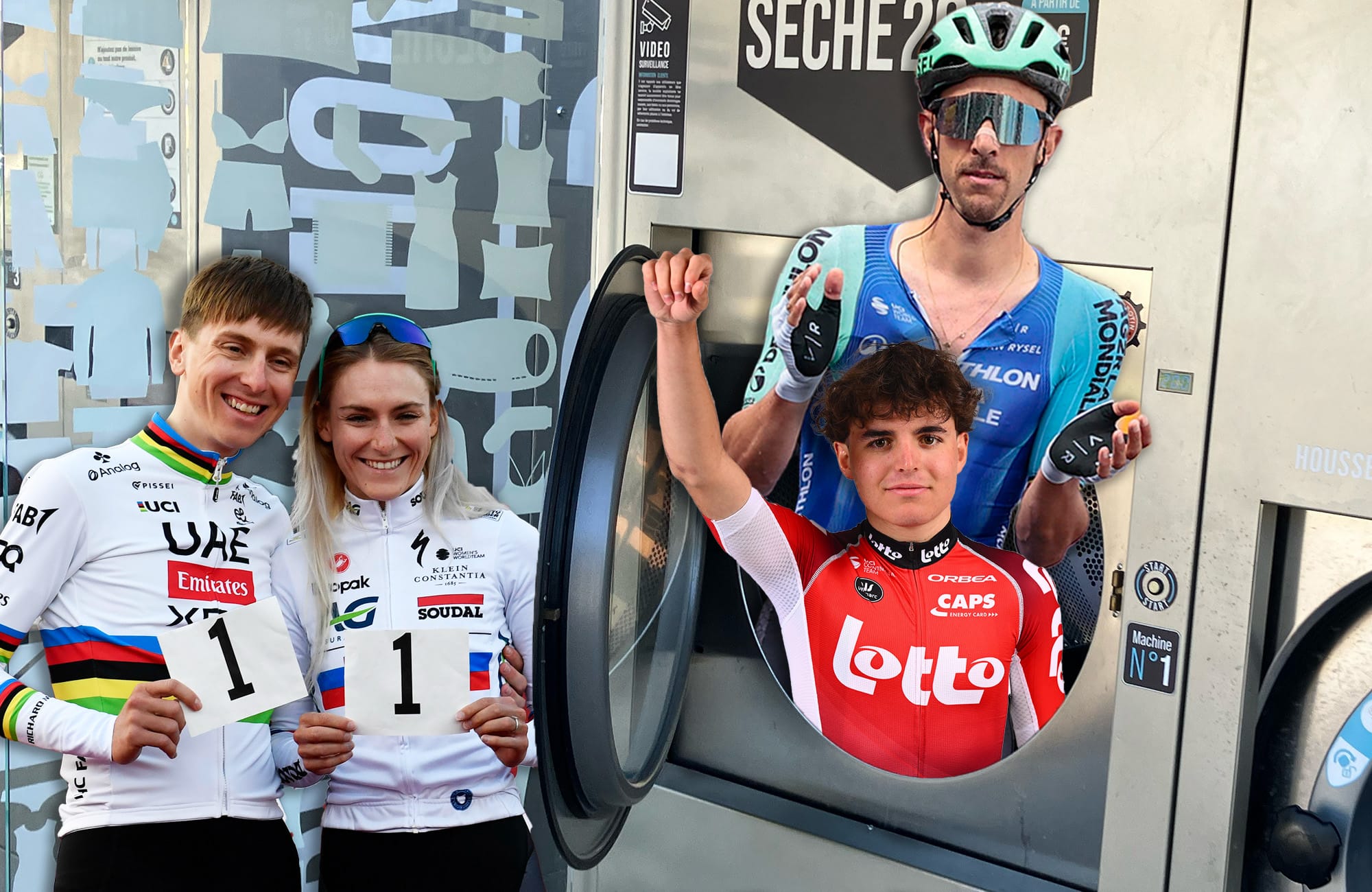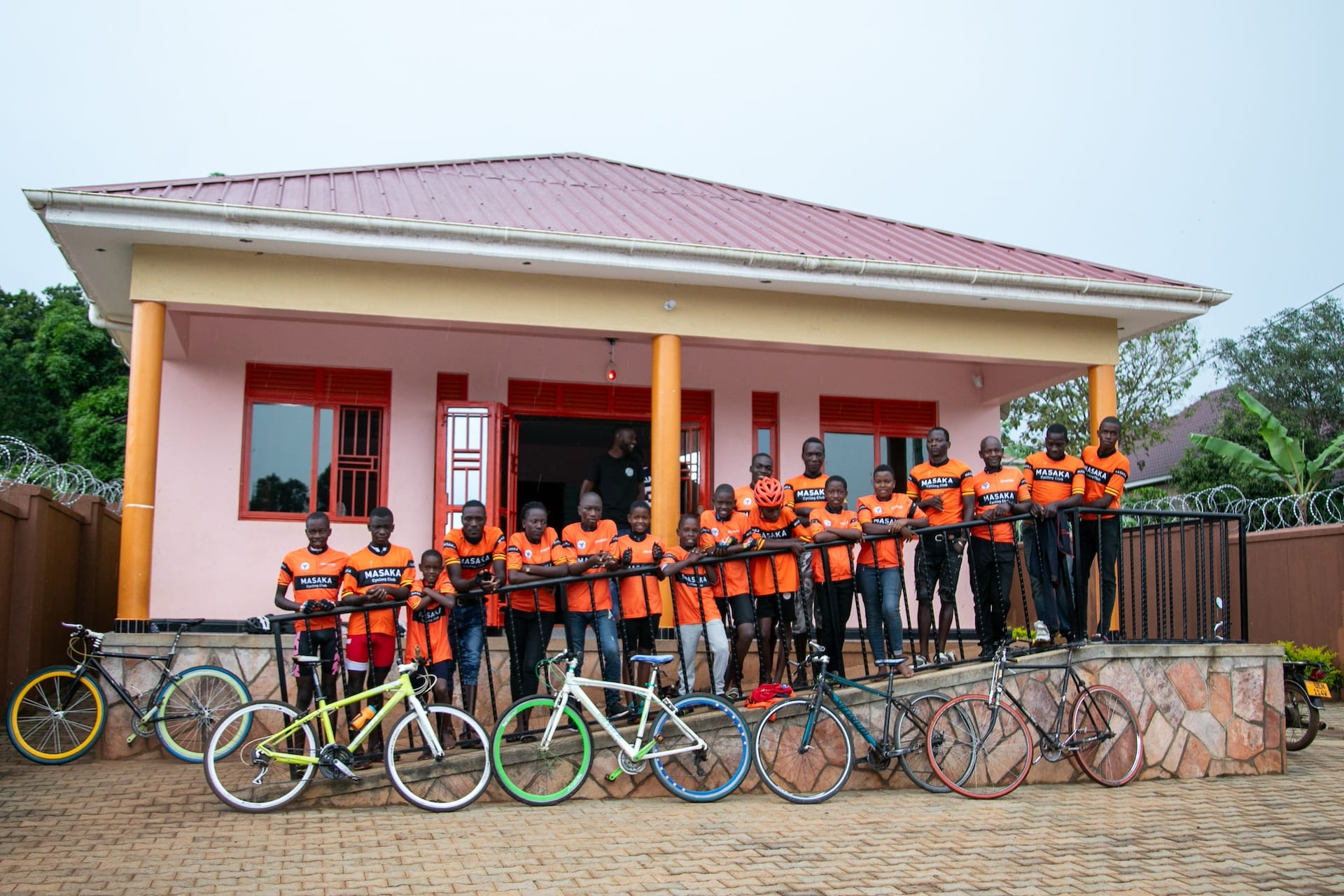The Australian summer of cycling isn’t quite as busy as it once was. The Bay Crits are gone for good, and the Jayco Herald Sun Tour hasn’t returned after the pandemic. But there is some good news for those who enjoy a bumper calendar of Aussie road racing at the start of the year: late last week, organisers of the Cadel Evans Great Ocean Road Race announced that mid-week races will return to the ‘Cadel’s Race’ carnival in 2024.
The main attractions are still the women’s and men’s WorldTour one-day races, held on the weekend of January 27-28, 2024, but now there are a couple of other races to help build excitement in the lead-up.
The men’s peloton gets a UCI 1.1 one-day race on the Thursday before Cadel’s Race proper: the Surf Coast Classic. This 158.6 km race starts in Lorne, heads out west before swinging back towards the finish in Torquay. While there’s a challenging 10 km climb right out of the start, and a few short climbs throughout, it looks like a race that should be decided in a sprint.
The women’s field gets something a little different. They’ll race the Geelong Classic – essentially a Bay Crit on the Wednesday evening, held on an Eastern Gardens circuit that’s very similar to a course long used by the Bay Crits. The women’s field will race 25 laps of the 2 km circuit for a total of 50 km.

So why do the men get to race for UCI points, while the women get a local criterium? The difference between races is particularly noticeable when you consider that the last time Cadel’s Race had a mid-week companion event – Race Torquay in 2020 – both men and women had a UCI 1.1 event to contest (Brodie Chapman won the women’s race solo, while Sam Bennett won the men’s race in a sprint).
There’s also the fact Cadel’s Race organisers pride themselves on being “long-time supporters of gender equality”; indeed the race has offered equal prize money for men’s and women’s winners since 2020 (the year the women’s race was elevated to the WorldTour). There’ll be equal prize money on offer between the Geelong Classic and Surf Coast Classic too, but why such differences in length, format, and classification?
At the time of publishing, Cadel’s Race organisers haven’t responded to several questions posed by Escape Collective (Update: the organisers responded post-publication with a response you can read at the bottom of this post). Conversations with others close to the event do provide some context, however.
Escape was told that organising bike races (and indeed cycling events in general) has become increasingly difficult in Australia in the years after the COVID-19 pandemic, due to ever-increasing costs. In collaboration with Tour Down Under organisers, Cadel’s Race organisers cover the cost of airfares for riders coming to the Australian races, and the costs of those flights have increased significantly in recent years.
Traffic management is a significant cost too: it will be expensive enough to close part of the Great Ocean Road – one of Australia’s most popular tourist roads – for the men's Surf Coast Classic during the Australian holiday season. Closing it for a second day for a comparable women’s race wasn’t financially feasible. One source with inside knowledge of the event said it was impressive, given the budgetary constraints, that a women’s race was even being held.
So why is the men’s peloton the focus here?
Escape understands that a key factor in the creation of these new mid-week races was continued pressure from men’s WorldTour teams for organisers to make the trip to Cadel’s Race worthwhile. While it’s compulsory for men’s WorldTour teams to take part in the Tour Down Under (held a week before Cadel’s Race), the same is not true for Cadel’s Race*.
Ever since Cadel’s Race began, its organisers have had to work hard to convince teams to stick around after Tour Down Under. Some teams have other commitments elsewhere after TDU; others are just keen to return to Europe as soon as possible, to acclimatise and prepare for the season's biggest races. Those that are willing to stick around and take part in Cadel’s Race have expressed a desire for more racing between TDU and Cadel’s Race, rather than just doing a week of training.
Adding an extra UCI-level race between TDU and Cadel’s Race provides some extra incentive for men’s WorldTour teams to stick around. And with Cadel’s Race’s needing to attract WorldTour teams in order to remain a WorldTour event, race organisers are incentivised to make it worthwhile for teams to come out.
(*UCI regulations – specifically 2.15.127 on page 223 of this document say that “with regard to events which were registered on the 2016 UCI WorldTour calendar, all UCI WorldTeams must take part.” Cadel’s Race was a 1.Pro race in 2016. Eleven of the 18 men’s WorldTour teams took part in 2023.)

As noted above, 2024 won’t be the first time Cadel’s Race has had mid-week companion races in the lead-up to the main event. In 2017, to coincide with the event’s third edition, organisers added Race Melbourne-Albert Park to the calendar. Raced on Melbourne’s Formula 1 circuit, this event continued through 2018 and into 2019 where, for its final edition, it was a teams event with points scored for intermediate sprints.
In 2020 Race Melbourne became Race Torquay, a one-day race that would be held for just one edition before the COVID-19 pandemic struck. When Cadel’s Race returned in 2023, Race Torquay did not continue, largely because the Cadel’s Race WorldTour events were approved so late in the piece that there wasn’t enough time to organise smaller, companion races.
In an ideal world, there'd probably be greater parity between the men's and women's mid-week races at the 2024 Cadel's Race – see Race Torquay in 2020 for a good model. But credit where credit's due: Cadel's Race organisers should be praised for getting the Surf Coast Classic and Geelong Classic off the ground to begin with, with equal prize money, in such a difficult financial climate, and at a time when other events on the Aussie calendar are clearly struggling.
And who knows: with the women's race held on a short circuit, where roadside fans can easily see much of the twilight crit unfold, maybe that will even prove to be the more exciting spectacle than the men's race.
Aussie summer of cycling calendar
January 3-7: Australian Road National Championships (Ballarat/Buninyong)
January 12-14: Women’s Tour Down Under (Adelaide, WorldTour)
January 16-21: Men’s Tour Down Under (Adelaide, WorldTour)
January 24: Geelong Classic (women only, Geelong, non-UCI-event)
January 25: Surf Coast Classic (men only, Torquay, 1.1)
January 27-28: Cadel Evans Great Ocean Road Race (men and women, WorldTour)
February 3-4: Melbourne to Warrnambool (Warrnambool, NRS event)
Statement from Cadel's Race spokesperson:
"As part of the Cadel Evans Great Ocean Road Race, we want to put on the best experience possible for the regional Victorian community as well as our teams and riders.
"We’re pleased to offer Australia’s only UCI WorldTour certified one-day classic for both the elite women and men, which sees the best cyclists in the world participate in the Cadel Evans Great Ocean Road Race.
"In order to expand the event and grow with cycling fans, teams, riders and locals alike, we are looking forward to hosting the two mid-week races as standalone events for the first time in 2024.
"While this iteration of the Geelong Classic is not UCI sanctioned, the event is proud to offer equal prize money across the whole suite of the Cadel Evans Great Ocean Road Race, with the Geelong Classic and Surf Coast Classic both in line with the prize money amount of a men’s UCI 1.1 classification."
Did we do a good job with this story?




